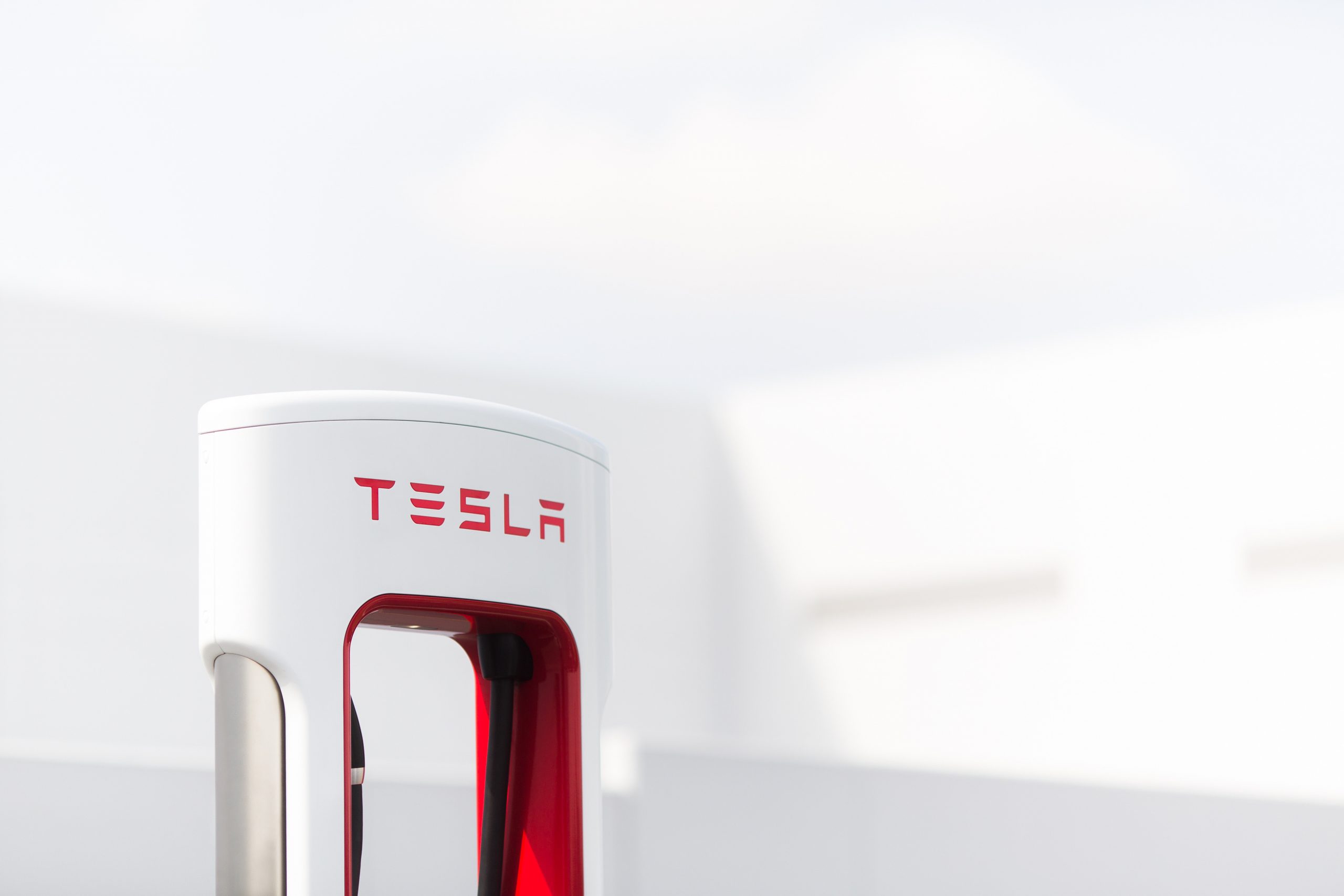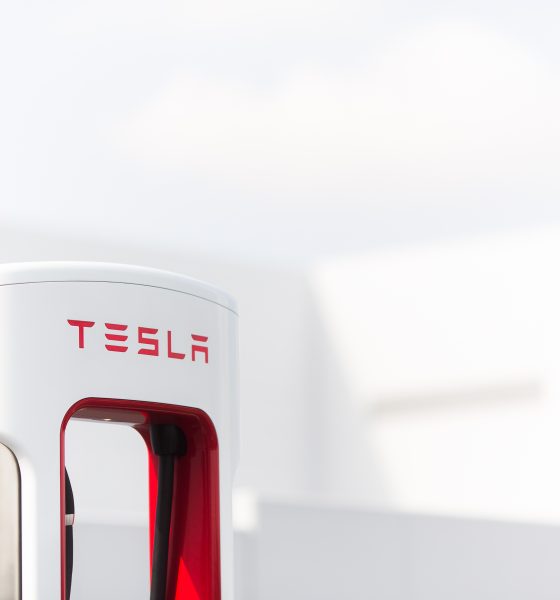

Investor's Corner
Tesla’s Q2 Earnings Call and how it differs from 2020’s in a big way
Tesla (NASDAQ: TSLA) is set to report Earnings for Q2 2021 later today. Just a year and four days after it revealed its financial performance for Q2 2020, its performance during the second quarter of this year is vastly different from that of last year. With an emerging need for the company’s vehicles and energy products, along with the potential to extend its quarterly profitability streak to eight consecutive quarters, let’s take a look at how the two quarters have differed and what is expected from analysts on the day of the call.
Q2 2020 vs. Q2 2021
Tesla’s Q2 2020 remains one of the biggest “what-ifs” in Tesla’s short and storied history. While the company was riding a wave of momentum due to its three straight reported quarters of profitability, speculation persisted that Tesla might have had issues extending this streak in Q2 ’20. It was a simple enough reason as well. The COVID-19 pandemic was ripping through the world, and Tesla, despite its apparent immunization when it comes to the global semiconductor shortage, was prone to uncertainty at its manufacturing plants that spanned from Buffalo to Shanghai.
The pandemic shut down the company’s main production facility in Fremont for most of the quarter. It affected the company’s trending growth of production throughout its vehicle manufacturing facilities, and Tesla reported lower production figures than in Q1 2020, dropping from 102,627 to 88,272. Deliveries, however, increased from 88,400 to 90,650.
Tesla navigated a difficult Q2 with better-than-anticipated numbers, beating Wall Street expectations with $6.036 billion in revenue, eclipsing Wall Street estimates of $5.146 billion.
In terms of deliveries and production figures, Tesla continued growth, rising from 180,338 production and 184,800 deliveries in Q1 2021 to 206,421 and 201,250 in Q2. These numbers were attributed to the mass-market Model 3 and Model Y, accounting for an overwhelming percentage of each category for each of 2021’s quarters so far. The Model S and Model X were not being produced during Q1, and deliveries of the Model S Plaid started in Q2. The Model X delivery timeline has not been detailed, but Tesla’s website states the vehicle is set to begin deliveries in January-February 2022.
Situations were vastly different from Q2 ’20 to Q2 ’21. Last year’s second quarter was widely up in the air on what Tesla would report. Its ability to hit profitability once again wasn’t much of a shock to Tesla bulls, but others were impressed by the continuing growth story despite tough economic times. The Q2 showing may have contributed to the automaker’s stock soaring into the stratosphere. Already on an upward trend, the stock would continue to increase in value, peaking out at $900.40.
What analysts are saying on the day of Tesla Earnings
Analysts have already put forth their expectations for Tesla’s Earnings Call later today, but some are still putting in their last two cents as market close comes closer.
Tesla investor and former critic Jim Cramer stated earlier today that he expects CEO Elon Musk to talk about competition and the upcoming release of the Tesla Cybertruck. Cramer sees Tesla’s imminent entrance into the pickup market as the company’s introduction to disrupting Ford’s domination of the U.S. passenger truck sector.
“What he [Elon] has to deal with for the first time is competition,” Cramer said. “Let’s see what he does with the challenge of others,” he added, sprinkling in details about Lucid’s introduction to the New York Stock Exchange earlier today.
Oppenheimer’s Colin Rusch, interestingly, said that the firm isn’t “super concerned about results this quarter.” Instead, Oppenheimer will be paying close mind to Tesla’s updates of the ongoing construction projects in Austin, Texas, and Germany at Giga Berlin, along with the progress of Full Self-Driving. “From a technology perspective, the progress on autonomy is really the heart of the matter if you’re making a bullish bet here,” Rusch said to Yahoo Finance.
Tesla recently announced that it would offer a $200 per month subscription version of the $10,000 Full Self-Driving suite. Rusch said there is potential for between 10 and 20 million customers during the latter half of this decade. “You get to some pretty heavy numbers from a cash flow perspective, and I think that’s what’s going to be at stake here for the next couple years.”
$TSLA Performance on Earnings Day
At the time of writing, Tesla stock was up over 2.1%, or $13.60, trading at around $656.88. The stock was up over 3% earlier in the day. The anticipation for an extended profitability streak and potential updates regarding the 4680 battery cell, Giga Texas, and the Cybertruck, may have contributed to the increase in price ahead of the call.
Tesla will report its Earnings for Q2 2021 tonight at 5:30 PM EST, 2:30 PM PST. Prior to the call, Tesla will issue its Q2 2021 Update Letter on the Investor Relations website.
Disclosure: Joey Klender is a TSLA Shareholder.

Investor's Corner
Tesla stock closes at all-time high on heels of Robotaxi progress

Tesla stock (NASDAQ: TSLA) closed at an all-time high on Tuesday, jumping over 3 percent during the day and finishing at $489.88.
The price beats the previous record close, which was $479.86.
Shares have had a crazy year, dipping more than 40 percent from the start of the year. The stock then started to recover once again around late April, when its price started to climb back up from the low $200 level.
This week, Tesla started to climb toward its highest levels ever, as it was revealed on Sunday that the company was testing driverless Robotaxis in Austin. The spike in value pushed the company’s valuation to $1.63 trillion.
Tesla Robotaxi goes driverless as Musk confirms Safety Monitor removal testing
It is the seventh-most valuable company on the market currently, trailing Nvidia, Apple, Alphabet (Google), Microsoft, Amazon, and Meta.
Shares closed up $14.57 today, up over 3 percent.
The stock has gone through a lot this year, as previously mentioned. Shares tumbled in Q1 due to CEO Elon Musk’s involvement with the Department of Government Efficiency (DOGE), which pulled his attention away from his companies and left a major overhang on their valuations.
However, things started to rebound halfway through the year, and as the government started to phase out the $7,500 tax credit, demand spiked as consumers tried to take advantage of it.
Q3 deliveries were the highest in company history, and Tesla responded to the loss of the tax credit with the launch of the Model 3 and Model Y Standard.
Additionally, analysts have announced high expectations this week for the company on Wall Street as Robotaxi continues to be the focus. With autonomy within Tesla’s sights, things are moving in the direction of Robotaxi being a major catalyst for growth on the Street in the coming year.
Elon Musk
Tesla needs to come through on this one Robotaxi metric, analyst says
“We think the key focus from here will be how fast Tesla can scale driverless operations (including if Tesla’s approach to software/hardware allows it to scale significantly faster than competitors, as the company has argued), and on profitability.”

Tesla needs to come through on this one Robotaxi metric, Mark Delaney of Goldman Sachs says.
Tesla is in the process of rolling out its Robotaxi platform to areas outside of Austin and the California Bay Area. It has plans to launch in five additional cities, including Houston, Dallas, Miami, Las Vegas, and Phoenix.
However, the company’s expansion is not what the focus needs to be, according to Delaney. It’s the speed of deployment.
The analyst said:
“We think the key focus from here will be how fast Tesla can scale driverless operations (including if Tesla’s approach to software/hardware allows it to scale significantly faster than competitors, as the company has argued), and on profitability.”
Profitability will come as the Robotaxi fleet expands. Making that money will be dependent on when Tesla can initiate rides in more areas, giving more customers access to the program.
There are some additional things that the company needs to make happen ahead of the major Robotaxi expansion, one of those things is launching driverless rides in Austin, the first city in which it launched the program.
This week, Tesla started testing driverless Robotaxi rides in Austin, as two different Model Y units were spotted with no occupants, a huge step in the company’s plans for the ride-sharing platform.
Tesla Robotaxi goes driverless as Musk confirms Safety Monitor removal testing
CEO Elon Musk has been hoping to remove Safety Monitors from Robotaxis in Austin for several months, first mentioning the plan to have them out by the end of 2025 in September. He confirmed on Sunday that Tesla had officially removed vehicle occupants and started testing truly unsupervised rides.
Although Safety Monitors in Austin have been sitting in the passenger’s seat, they have still had the ability to override things in case of an emergency. After all, the ultimate goal was safety and avoiding any accidents or injuries.
Goldman Sachs reiterated its ‘Neutral’ rating and its $400 price target. Delaney said, “Tesla is making progress with its autonomous technology,” and recent developments make it evident that this is true.
Investor's Corner
Tesla gets bold Robotaxi prediction from Wall Street firm
Last week, Andrew Percoco took over Tesla analysis for Morgan Stanley from Adam Jonas, who covered the stock for years. Percoco seems to be less optimistic and bullish on Tesla shares, while still being fair and balanced in his analysis.

Tesla (NASDAQ: TSLA) received a bold Robotaxi prediction from Morgan Stanley, which anticipates a dramatic increase in the size of the company’s autonomous ride-hailing suite in the coming years.
Last week, Andrew Percoco took over Tesla analysis for Morgan Stanley from Adam Jonas, who covered the stock for years. Percoco seems to be less optimistic and bullish on Tesla shares, while still being fair and balanced in his analysis.
Percoco dug into the Robotaxi fleet and its expansion in the coming years in his latest note, released on Tuesday. The firm expects Tesla to increase the Robotaxi fleet size to 1,000 vehicles in 2026. However, that’s small-scale compared to what they expect from Tesla in a decade.
Tesla expands Robotaxi app access once again, this time on a global scale
By 2035, Morgan Stanley believes there will be one million Robotaxis on the road across multiple cities, a major jump and a considerable fleet size. We assume this means the fleet of vehicles Tesla will operate internally, and not including passenger-owned vehicles that could be added through software updates.
He also listed three specific catalysts that investors should pay attention to, as these will represent the company being on track to achieve its Robotaxi dreams:
- Opening Robotaxi to the public without a Safety Monitor. Timing is unclear, but it appears that Tesla is getting closer by the day.
- Improvement in safety metrics without the Safety Monitor. Tesla’s ability to improve its safety metrics as it scales miles driven without the Safety Monitor is imperative as it looks to scale in new states and cities in 2026.
- Cybercab start of production, targeted for April 2026. Tesla’s Cybercab is a purpose-built vehicle (no steering wheel or pedals, only two seats) that is expected to be produced through its state-of-the-art unboxed manufacturing process, offering further cost reductions and thus accelerating adoption over time.
Robotaxi stands to be one of Tesla’s most significant revenue contributors, especially as the company plans to continue expanding its ride-hailing service across the world in the coming years.
Its current deployment strategy is controlled and conservative to avoid any drastic and potentially program-ruining incidents.
So far, the program, which is active in Austin and the California Bay Area, has been widely successful.








